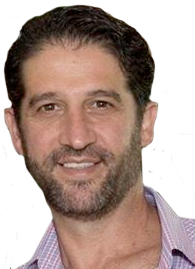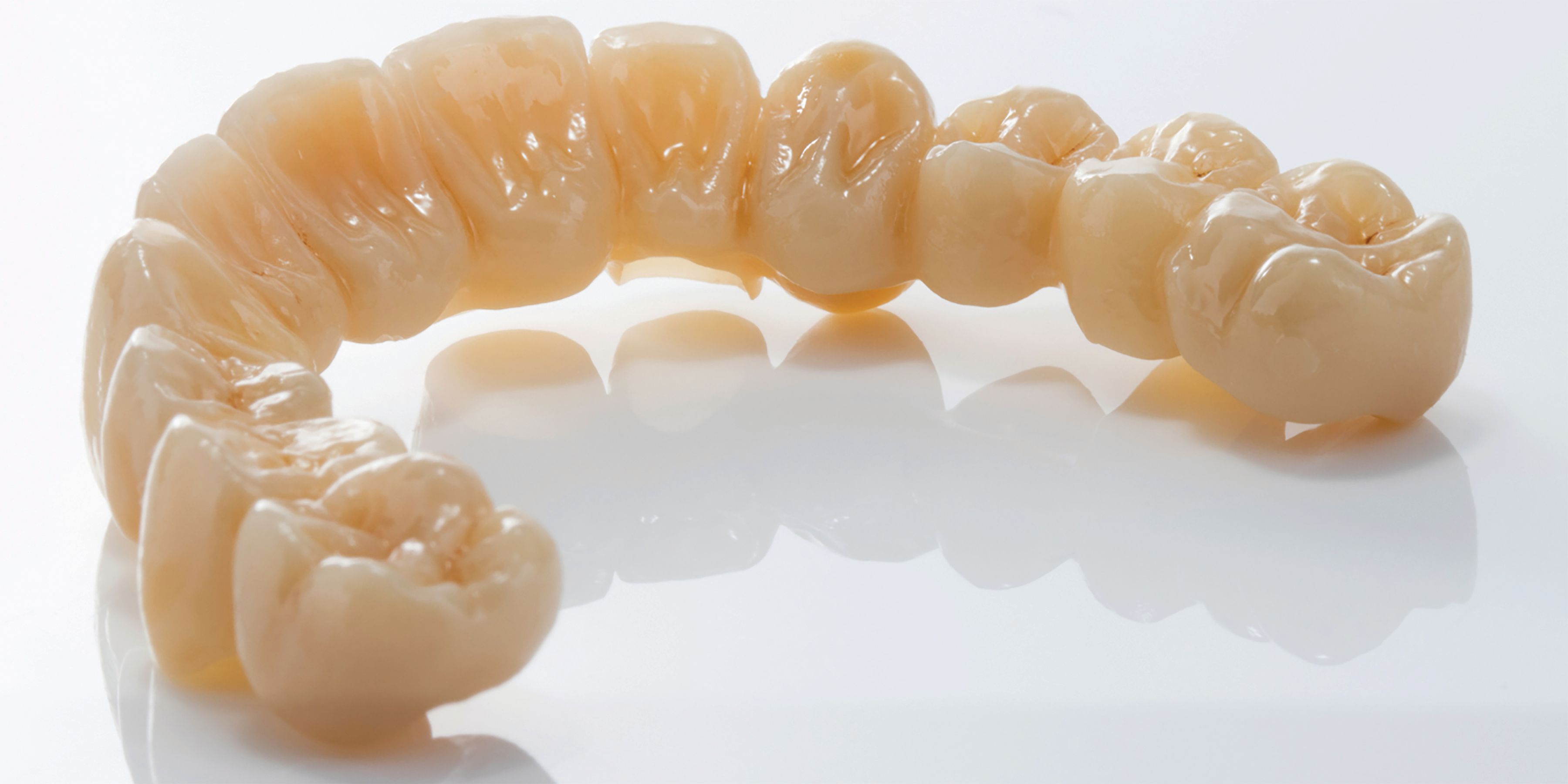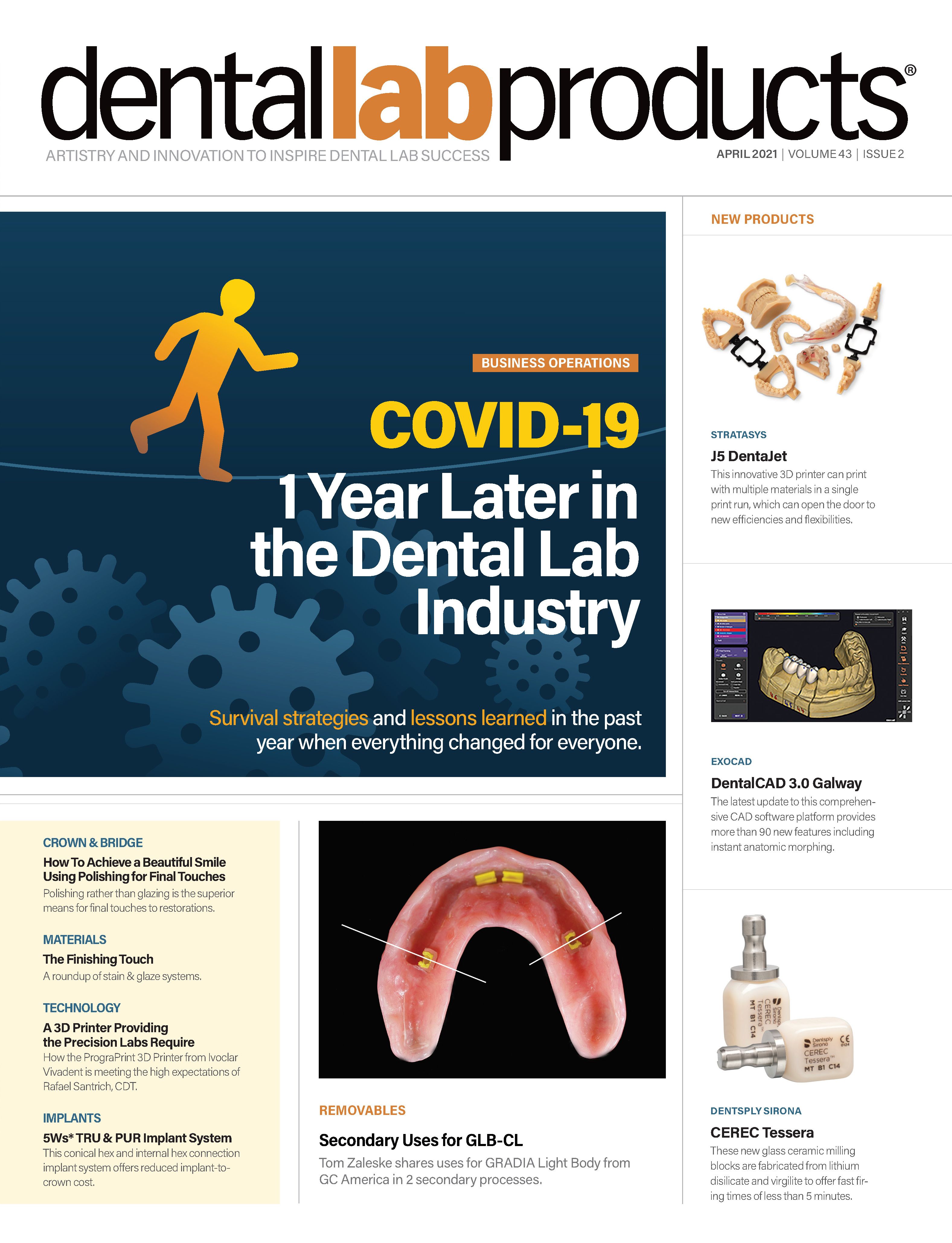It was about 6 years ago when Ben Topaz and his Golden Ceramic Dental Lab (GCDL) really started to take advantage of technological advances to change the way his team served its clinician clients.
As digital dentistry experienced a boon led by improved results, reliability, and more affordable options, GCDL shifted to relying more on technologies such as scanners, mills, and 3D printers.
“We’re really focused on digital, that’s where the industry is going,” explains Topaz, who owns the full-service lab located in Prospect Heights, Illinois. “We feel that’s why we keep on growing 25% to 30% a year, because we’re really pushing the whole digital concept—everything from digital dentures to everything milled, receiving scans from any available scanner out there. We’re really pushing that envelope as much as we can.”
Topaz opened GCDL in 2006, before most of today’s technologies were readily available to small labs. For years, it was Topaz and just 1 to 3 additional employees performing all the lab work with traditional methods. But that changed dramatically about 6 years ago when scanners, mills, and 3D printers became better options.
“Our biggest growth started when all this technology became not only available, but affordable and reliable,” he says. “Printers have not [been] reliable until the past 2 ½ years. We didn’t want to really step into something at that time that was not going to improve our quality.”
Zirlux Transitions
This transitional layered zirconia helps dental laboratories produce highly esthetic and durable restorations. Using layered technology, it reportedly mimics a natural appearance. The new zirconia material features 1200 MPa, which helps ensure the stability of stress-bearing restorations. It is compatible with most dental mills and is indicated for full-contour anterior and posterior crowns, bridges, inlays, and onlays, as well as single tooth and bridge frameworks in the anterior and posterior, up to 14 units.
Zahn Dental
800-496-9500
zahndental.com/zirlux-transitions
With technology leading the way, the lab has grown to nearly 40 employees working in a 10,000-sq ft facility. Topaz and his team have spread the word and the benefits of digital dentistry to their clients, which has helped boost business. Another lift has come recently with a breakthrough in materials, namely Zirlux Transitions from Zahn Dental, a transitional layered zirconia formulated to mimic a natural appearance, without compromising strength.
“We’ve been evolving, and pushing our doctors toward digital on their end [and] our end and improving our workflow,” he says. “The whole point of all this is improving your workflow and your results. That’s when Zirlux came into play. We started playing with it 5 to 6 months ago.”
The lab liked the results it received after using Zirlux Transitions and made a complete change to the new layered zirconia 3 months ago.
“One aspect was [that] we lowered our inventory by almost 30% [as] with Zirlux we can achieve the strength and the esthetics,” he explains. “Instead of having separate pucks for high translucency and different pucks for strength, we now have 1 puck that covers both, so we’ve lowered our inventory.”
But the biggest benefit, according to Topaz, comes in the time the lab saves.
“We most importantly reduced our labor time because every time you change a puck you need to pull a puck out of inventory, you need to nest it, and you need to put it in a machine, and pull another one out of the milling unit,” he points out. “So now, if you have 20 A2s to mill, you throw them on 1 puck instead of 3 different pucks and 3 times to nest and 3 times to enter the machine and stop the machine. So our production went up, and our labor and our inventory went down.”
Clinical Results
Although the lab has saved time, increased production, and reduced its inventory, the biggest gain comes from delivering restorations that will keep clinicians happy and coming back for more cases.
Topaz says Zirlux Transitions delivers and his clients have noticed.
“We are thrilled with the results. We do a lot of full mouths over implants here, and those bridges were always questionable with full-mouth, milled, 1-piece bridges over zirconia, because you had to maintain strength. So we lost a lot of transparency in the material,” he says. “Now, with Zirlux, we’re actually getting nicer results because we can still mill them as full arches and get strength, and we’re not losing any of the translucency. That was the biggest change for us.
“The results are what they say [they are]. It still has the strength that we gave customers before, we just have better material now that gives the esthetics as well. The response [has been] fabulous. This is a no-brainer for a lab that wants to increase productivity and get better results.”


